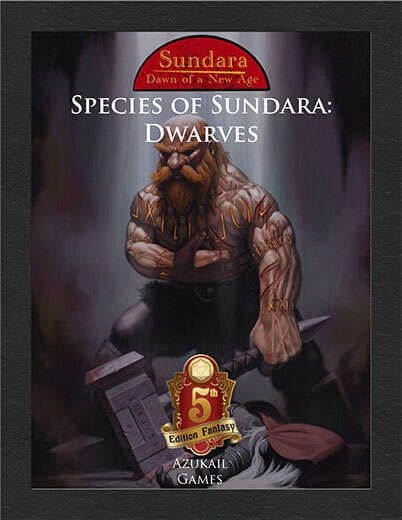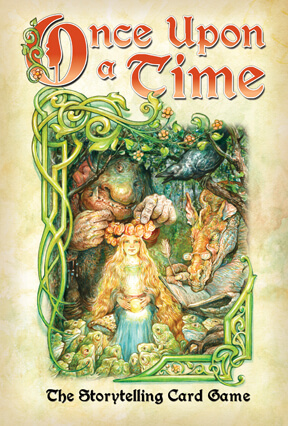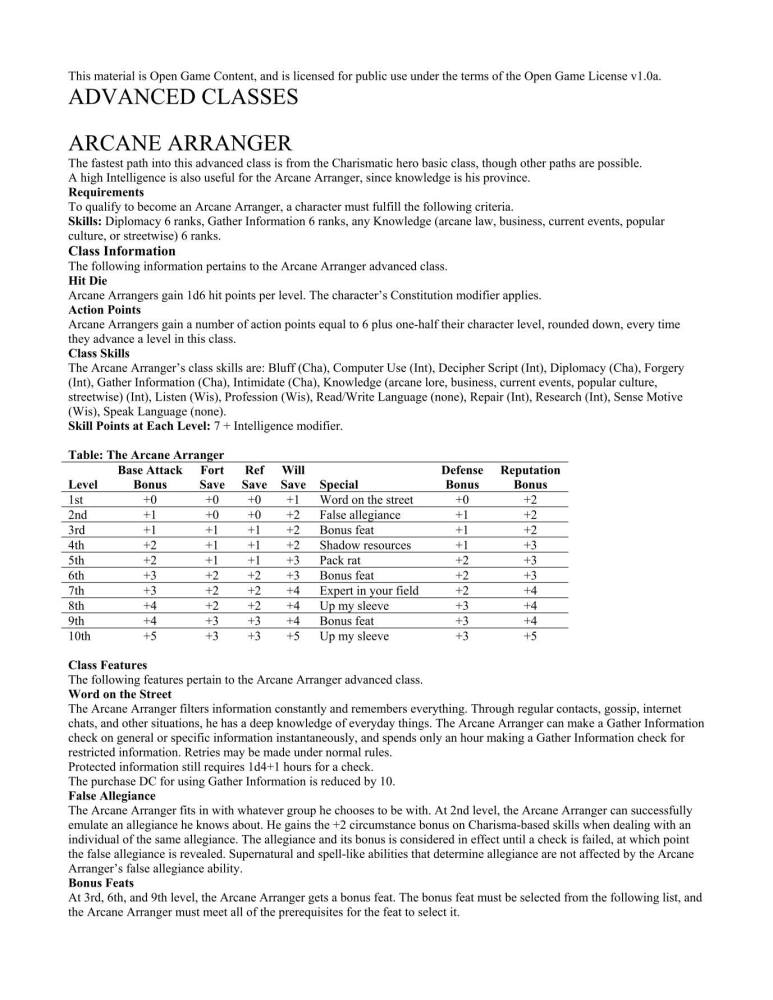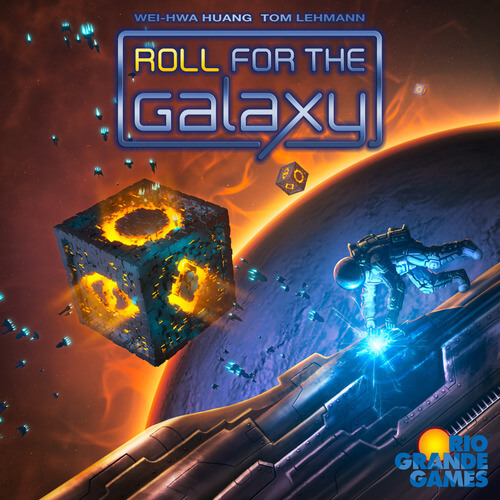
Roll for the Galaxy
Roll for the Galaxy is an immersive space empire-building game that can be played by 2 to 5 people. Each player controls a set of dice that represent their civilization, and from there, the adventure begins. The difference lies in how these dice are used: you must decide how to allocate them to develop innovative technologies, colonize new worlds and manage the transport of supplies. What really captivated me about Roll for the Galaxy was the way the strategy unfolds each turn. It's a constant race to optimize your actions and make quick decisions that affect your progress. The interaction between players adds an extra level of excitement, as your choices can influence the moves of others. If you're already a fan of Race for the Galaxy, you'll love this dice version! It offers a new dynamic that brings freshness to the game while maintaining the essence of the original. The winner is the one who manages to harmonize their actions, exploring the galaxy in a creative and efficient way. Get ready for intergalactic challenges and lots of fun!Artists: Martin Hoffmann; Claus Stephan
Designers: Wei-Hwa Huang; Thomas Lehmann
Date: 2014
Note: 7.8
Mechanics: Allocation of Data Workers, Contracts, Players with Different Skills, Variable phase order, Action Recovery, Data Scrolling, Follow Action, Simultaneous Action Selection
Topics: Economy / Production, Science Fiction
Table of Contents
- How to Play
- Tips for playing
- Game mechanics
- Game components
- Additional Information
OBJECTIVE OF THE GAME
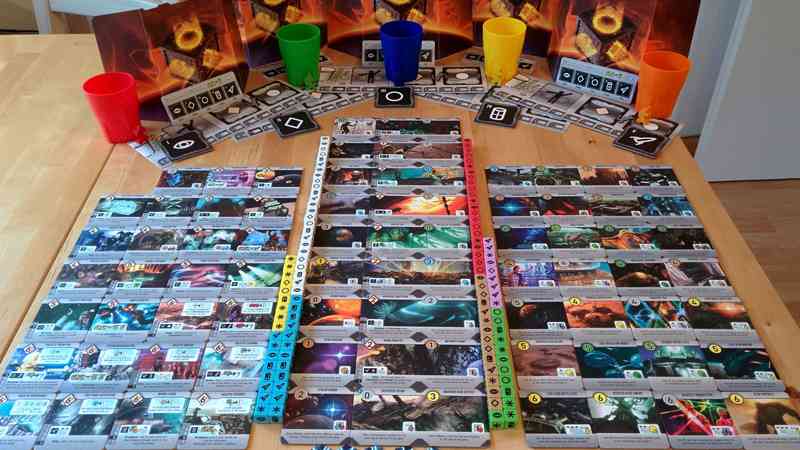
Tips for playing
Here are some tips for doing better in the game Roll for the Galaxy:
- Pay attention to your faction skills. They can give you a significant advantage if used strategically during the rounds.
- Building a balanced economy is crucial. Invest in the production of goods and the generation of credits to keep the game flowing.
- Prioritize initial exploration. Hold back your impulse to build too soon; instead, focus on exploring and selecting strategic planets.
- Look at your opponents' data. This can give you clues as to which phases they are likely to choose, allowing you to plan your actions accordingly.
- Don't underestimate the power of re-allocating dice with money. This can be a game-changer in crucial rounds, allowing you to adjust your strategy in real time.
- Strike a good balance between colonies and developments. Both are important, but take some time to understand which is more beneficial to your current style of play.
- Explore to increase your options. Having more options at your disposal can make a considerable difference at every turn.
Video about the game
GAME mechanics
- Data Scrolling - Each player starts with a set of dice representing their populations, working planets or buildings. The dice are rolled at the start of the round to determine the possible actions that can be taken.
- Simultaneous Action Selection - All players choose their actions at the same time, using checkmarks. Actions refer to the phases that players want to carry out, such as exploring, developing, colonizing, among others.
- Building decks, bags and pieces - The game includes set-building mechanics, where players collect technology tiles and planets that they combine on their personal board to maximize their capabilities and score.
- Players with Different Skills - Each player can acquire unique skills throughout the game based on the technologies and planets they colonize, allowing for different strategies.
- Variable Phase Order - The order in which the phases are solved can change with each round, depending on the actions selected by the players. This brings dynamism and the need for constant adaptation.
- Action Recovery - Not all actions are carried out every shift, and unused ones are accumulated for future shifts, allowing for better resource management.
- Allocation of Data Workers - After scrolling, the dice are allocated to different action phases. For example, a die allocated to the development phase helps build a new technology if the phase is activated.
- Contracts - Players can complete contracts by satisfying certain conditions, obtaining immediate benefits or future advantages in the game.
- Follow Action - Even if a player hasn't chosen a certain action, they can follow it if another player activates it, as long as they have the dice to do so. This promotes interaction and strategic opportunism between the participants.
Game components
See all the items in the game below Roll for the Galaxy:
- 5 player boards
- 1 rulebook
- 5 financial markers
- 33 score sheets
- 9 faction pieces (numbered 1 to 9, dark corners)
- 5 individual screens
- 20 small 1-point tokens
- 5 dice cups
- 55 game pieces (double-sided)
- 5 strips of rounds
- 9 tiles from home worlds (dark borders)
- 12 green gene data
- 25 white House dice
- 20 blue novelty dice
- 8 average tokens of 5 points
- 14 brown dice of rare elements
- 9 yellow dice of alien technology
- 22 military red dice
- 1 cloth bag (to store the pieces)
- 5 large 10-point tokens
- 5 round tiles (with large icons)
Additional Information
- Ludopedia link: https://ludopedia.com.br/jogo/roll-for-the-galaxy
- Link Tabletopia:
- Amazon Brazil link: Comprar Roll for the Galaxy
- Amazon USA link: Comprar Roll for the Galaxy
